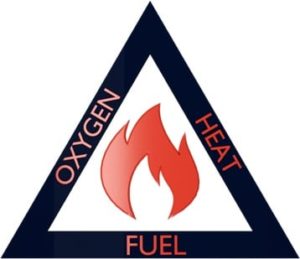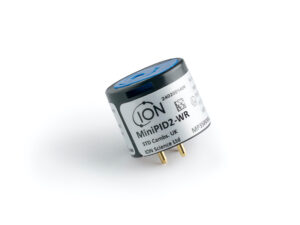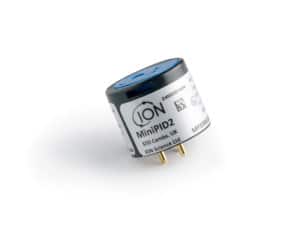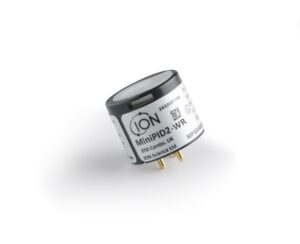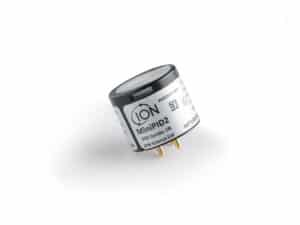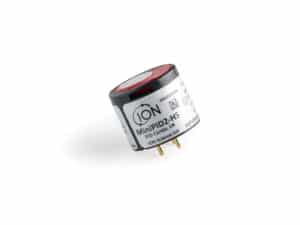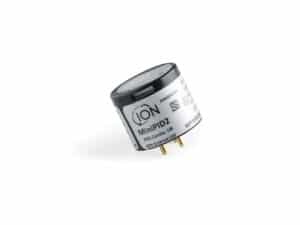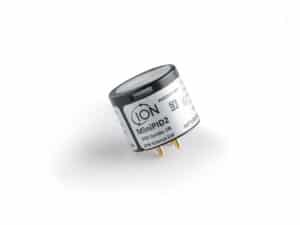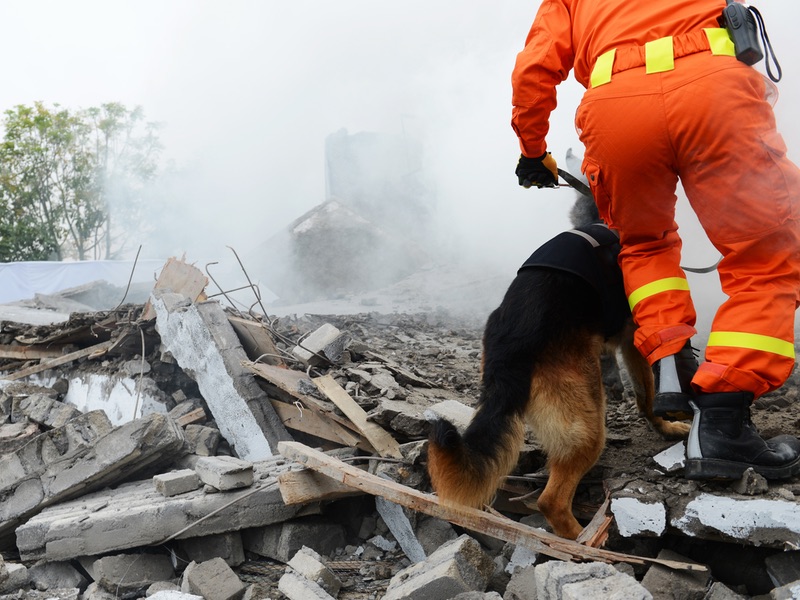
Arson Investigation – According to the National Fire Protection Association, there were 19,000 intentionally set fires in the US during 2014 accounting for around 4% of all structural fires equating to more than $700m worth of damaged property. UK figures2 would suggest that more than 40% of fires in business premises and more than 20% in residential properties are intentional, whether for profit, revenge or just ‘kicks’.
But despite the fact that fire is a common, everyday phenomenon, it is a very complex chemical, physical, and thermal event. Investigative work will focus on the ‘fire triangle’ of oxygen, fuel, and source of heat or ignition, and in cases of arson at least one of these will have been tampered with.
Arson investigations may be particularly challenging, because evidence is likely to have been destroyed in the fire or contaminated during firefighting operations. It normally takes longer to investigate than an episode of TV programme Crime Scene Investigator CSI might suggest because there can be literally tons of debris to sift through in search of chemicals that may have been used as a so-called accelerant.
Traces of these can remain detectable even after a major conflagration. Highly-trained sniffer dogs are a traditional resource but these animals may not be available when needed or have insufficient, unsafe access. Many accelerants are hydrocarbon-based fuels such as gasoline (petroleum), diesel fuel, kerosene, turpentine, butane, and various other flammable solvents collectively known as volatile organic compounds (VOCs).
The principal goal for fire investigators is figuring out how and where a fire started and where foul play is suspected, specially trained arson detection dogs are amongst their ‘tools of the trade’. It is common knowledge that dogs have a keen sense of smell, but the actual degree of sensitivity is amazing.
The smell is a dog’s primary sense, and it is 10,000 to 100,000 times more acute than humans. That analogous to being able to see and recognise something 500 meters away, a dog could see and recognize the same object 5000 kilometers away. Or, if you could taste a teaspoon of sugar in your coffee, a dog could taste a teaspoon of sugar in over 3.5 million litres of water.
In terms of detecting the residue of volatile organic compounds (VOC) that may be present at a fire scene from common accelerants such as solvents, gasoline (petrol) or diesel fuel, they have a sensitivity of 0.001 part per million (ppm). That’s an incredible 1 part per billion (ppb)!
However, what if a ‘sniffer’ dog isn’t available or the remaining debris does not allow for safe conditions? What if the suspected residue is in an area to which the dog doesn’t have access e.g. ceilings, small openings? Dogs can also tire and become desensitised.
PIDs for Fire and Arson Investigation
Another proven scientific tool used in forensic fire investigations is the photoionisation detector (PID):-
- PIDs are quick, simple to use and accurate for the detection of fire accelerants
- PIDs are very sensitive to commonly found accelerants and will detect hundreds of gasses and vapours in low concentration
- PIDs are non-destructive and will not affect the air sample which can be captured at the same time as the measurement for further lab analysis
- PIDs reduce the quantity and cost of lab samples required to reach a conclusion as to the cause of the fire
- PIDs are portable and battery-powered making them ideal fire and arson investigation instruments
